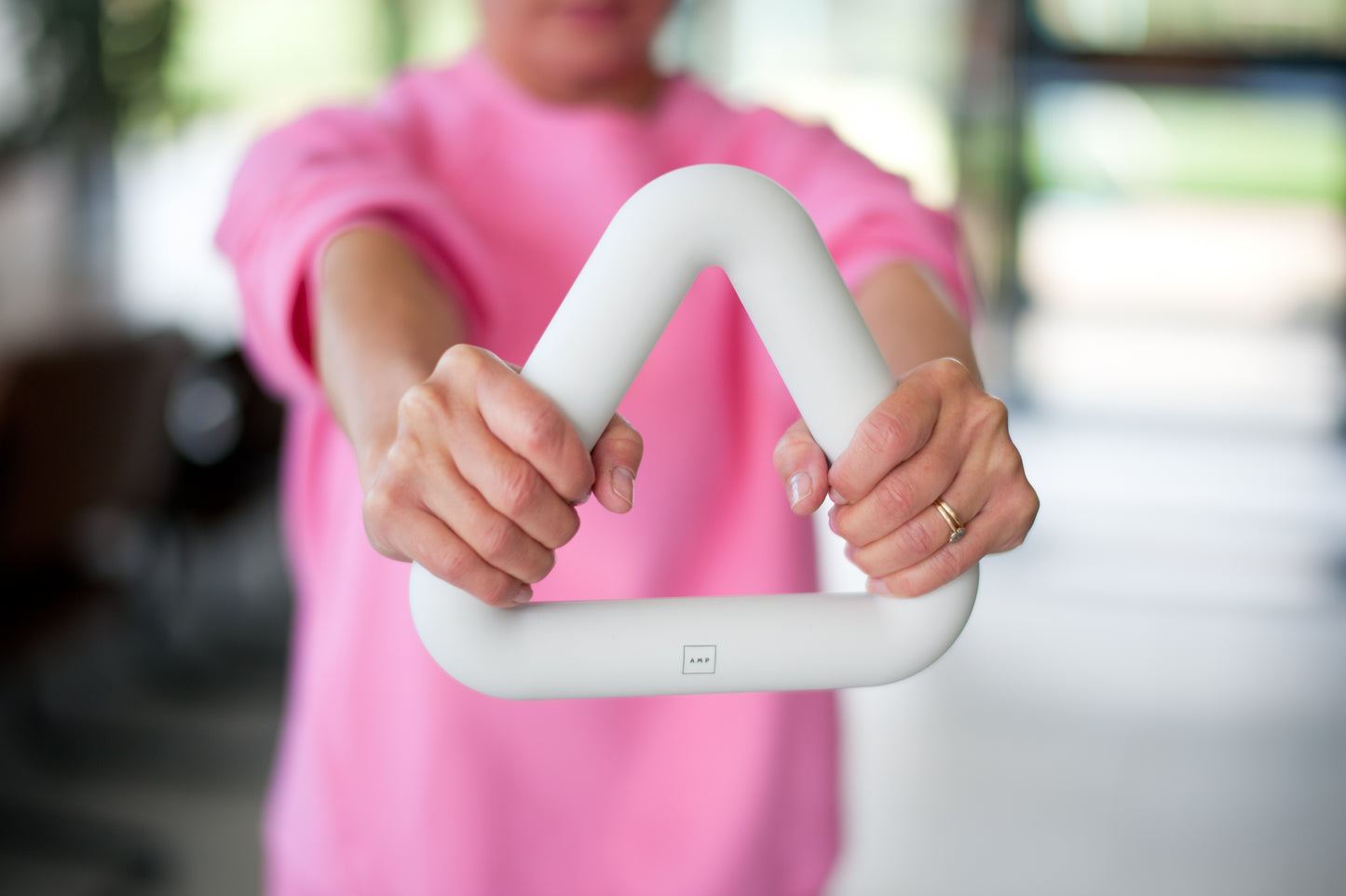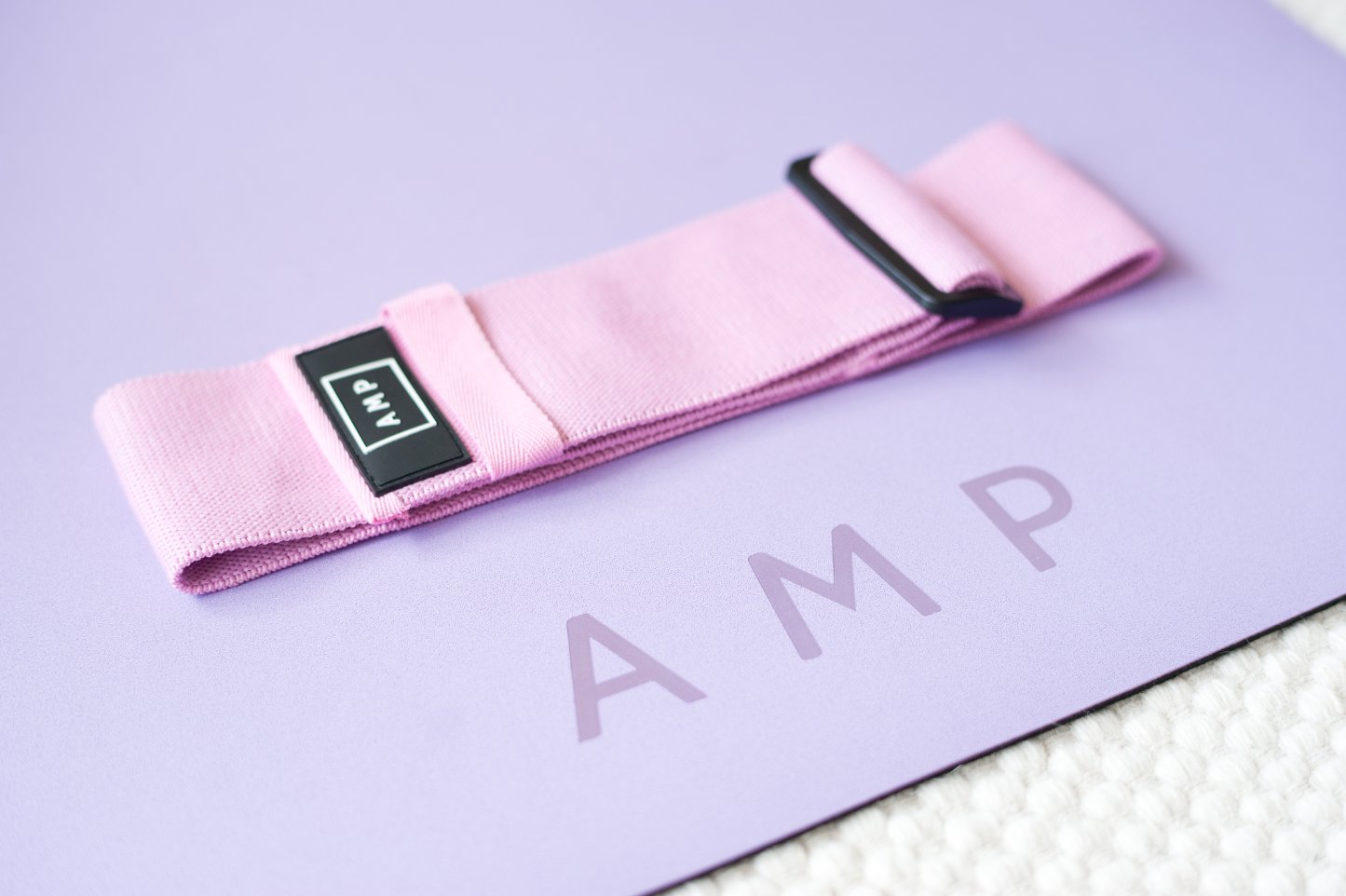Written by Mia Barnes
When people talk about calming down, they often imagine self-care days that take hours. While those are effective, there are simple stress relief techniques you can do in under five minutes. Whether you’re at home, in the office, or on the go, try these quick, effective ideas to reset your mind and body.
1. Isolate Yourself

If you feel overstimulated, escape your surroundings and self-isolate. It’s especially important for people sensitive to sensory stimuli since they may experience higher stress levels and are easily overwhelmed. Be alone for five minutes before entering that stressful environment again.
2. Breathe

Relieve your stress by taking slow and deep breaths. You can breathe through your nose for a few counts before exhaling through your mouth. Place a hand on your chest and try to feel your heart rate slow down bit by bit.
3. Listen to a Song
Look through your playlist and play a five-minute song to calm down. Take your pick of any song, whether a slow classical piece or a jazzy melody — what matters is that you like it. Listen through headphones to help drown out other outside noise.
4. Quickly Meditate

Look for a quiet space where you can sit and meditate for a bit. Ask yourself if your current activity drains or energises you to gauge your energy levels. If you feel like you’re in the negative, consider making plans to boost your happiness.
5. Rest Your Eyes
Straining your eyes, whether by leisurely scrolling through your phone or working, can add to stress. Find a seat and take some time to rest your eyes. Add a warm compress to help you relax.
6. Drink Some Water

Feeling dehydrated can lead to stress and headaches. Grab your water bottle and take a few sips. You can also set a recurring alarm to remind yourself to drink.
7. Rub Your Temples
Rub your temples to help relieve the tension. Place two or three fingers on the side of your head, creating steady circular motions for a couple of seconds. Work a little along the hairline until you get into the middle of your forehead.
8. Stand and Stretch

Stand up from your seat and grab your yoga mat. Some stretches can help you take your mind off whatever’s stressing you out. Start with a head roll. Then, roll your shoulders to ease out the tension before stretching each arm across your chest, one at a time. Reach high and low to stretch your back, breathing in and out as you focus on how your body feels.
9. Get Sunlight
Head out for a walk and soak in a little bit of sunlight. Higher exposure to this is associated with less perceived stress in the long run due to vitamin D. Just remember to put on a little sunscreen to protect your skin!
10. Use a Massage Ball

Give yourself a massage with a cork ball. You can add a good amount of pressure to your neck, forearms and hands as you roll it on. The calves and feet are also a good place to target if you’ve been standing for a while.
Relieve Your Stress
Stressors come around daily, but it’s important to learn how to handle them and take care of yourself. Give yourself five minutes and do what helps you calm down — it can be the reset you need to refocus.
The right tools can make all the difference, from eco-friendly yoga mats for calming stretches and meditation, to a weighted Pilates ball or tone-up wrist & ankle weights for mindful movement.
Ease muscle tension with a cork massage ball, improve mobility with resistance bands, or add functional strength training with peak strength triangles and a Pilates bar kit.













































